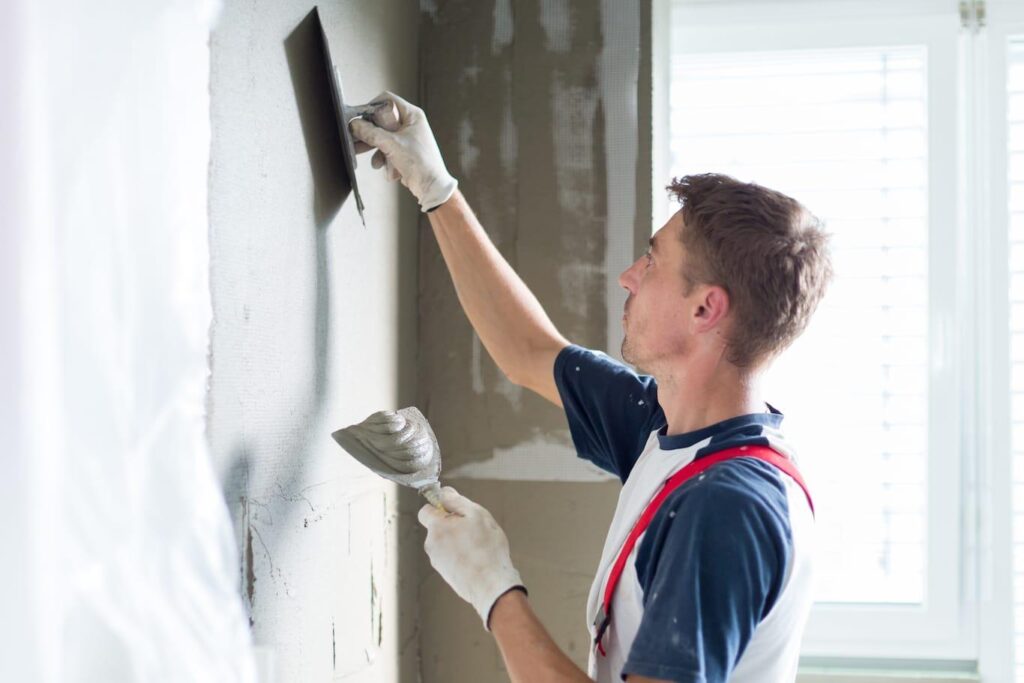Can Gib Stopping Be Used On Any Type Of Wall in Auckland?
Gib stopping is a popular method for plastering walls and ceilings, but can it be used on any type of wall? Gib stopping is a time-tested plastering technique that has been used to finish off interior walls and ceilings for centuries. It’s easy to use and can provide a great finish, but not all walls are suitable for this method.

The Basics Of Gib Stopping
Gib stopping is a method of soundproofing and fireproofing interior walls using gypsum boards. It involves attaching the sheets to wall studs and sealing the joints with tape and joint compound. This process helps to reduce sound transmission, improve acoustics, and provide fire protection for the structure. Gib stopping can be used on any interior wall that is made of wood or metal studs.
However, it is not recommended for use in areas with high moisture or humidity, as the gypsum boards are not water resistant. Additionally, if there are existing cracks in the wall, they should be repaired before installing the boards. Gib stopping should also not be used around electrical outlets or other electrical components that could cause a shock hazard. With these considerations in mind, gib-stopping is an effective way to reduce sound transmission and improve fire safety within a home or building.
Suitable Wall Types For Gib Stopping
Gib stopping is a great way to ensure the integrity of any wall, but it’s important to know which types of walls are suitable for this process. Gib stopping can be used on most internal wall surfaces, such as cement plaster, concrete block, brick masonry and timber stud walls. However, when considering external walls, gib stopping should only be used on solid brick or block masonry walls. This is because these walls are strong enough to withstand the weight of the gib-stopping material and provide a secure surface for the application.
Furthermore, gib stoppers must be applied with even pressure across all areas of the wall so that it adheres properly and provides maximum protection. It’s also important to note that some materials may not be suitable for use with gib stoppers due to their chemical composition or shape. Therefore, it’s best to consult with a professional before attempting any type of gib-stopping project.
Alternative Wall Plastering Techniques
Gib stopping can be used on a variety of wall types, such as masonry, brickwork and concrete walls. The process involves fixing metal or plastic strips to the surface of the wall and then covering them with a thin layer of plaster. This creates a smooth finish which is both aesthetically pleasing and durable. Gib stopping can also be used to repair existing plasterwork that has been damaged or cracked over time. However, there are other alternative plastering techniques that may be better suited to certain types of walls.
For example, drywall plasters are specifically designed for plastering gypsum-based wall boards and panels. Lime plasters are suitable for use on older buildings where an even softer finish is desired. Depending on the type of wall you have, these alternative methods may provide better results than gib-stopping alone.
Gib stopping is a great plastering technique that can be used on many different wall types. When it comes to whether or not it can be used on any type of wall, the answer is no. Although it can be applied to some walls, there are other plastering techniques available that may be more suitable for certain instances.
It’s important to assess the wall and decide which type of plastering will best suit it before beginning any project. With the right approach and careful consideration, you’ll be able to choose the most appropriate technique for your needs.